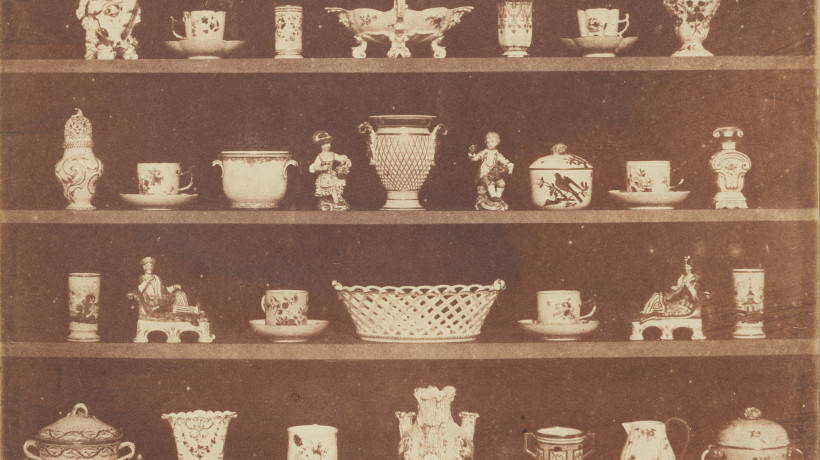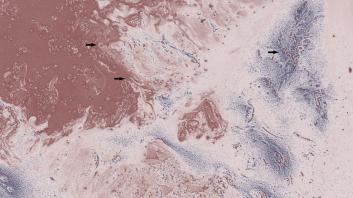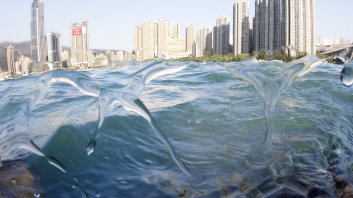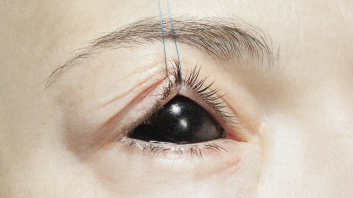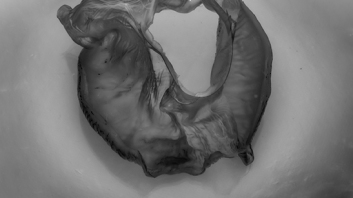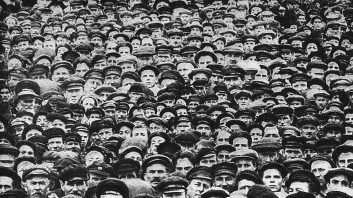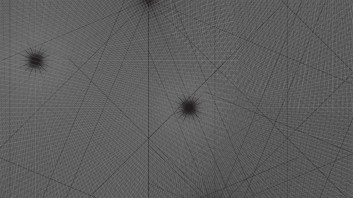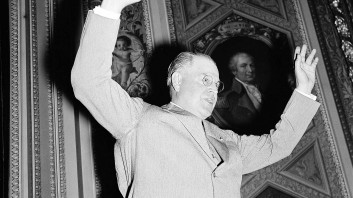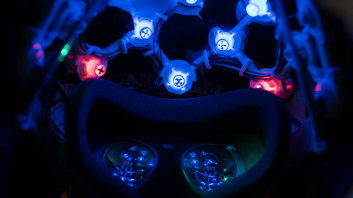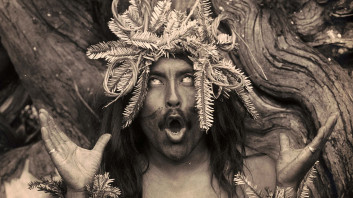Thiesson
Arhivi, bogati v zbirkah fotografij devetnajstega stoletja, vsebujejo številne primere del, ki se ukvarjajo s telesnimi anomalijami. Informacije o takšnih slikah so bile redno objavljene v dnevnem tisku, v katerem so bile bralci obveščeni o ateljejih fotografij, ki so ovekovečeli raznolike »pošastnosti«. Čeprav se zdi, da so bile take slike posnete izključno za znanstvene namene, nam številni in raznoliki konteksti njihove uporabe omogočajo povezavo z veliko starejšo tradicijo gledanja in zbiranja vizualnih kuriozitet. Ob upoštevanju zgornjih dejstev članek sooča priljubljene navade fotografiranja kuriozitet v 19. stoletju z muzejsko prakso in tradicijo kabinetov čudes (’Wunderkammer’). Prostor fotografije lahko nadomesti razstavni prostor, medtem ko želja po gledanju vseh vrst popačenosti in kultura radovednosti določita povezavo med nekdanjimi muzejskimi obiskovalci in prejemniki fotografij.
- Ključne besede: curious, fotografski arhiv, kabinet čudes, muzej v 19. stoletju, zbirateljstvo
Witold Kanicki (1979) je umetnostni zgodovinar, asistent na oddelku za umetnostno vzgojo na Umetniški univerzi v Poznanu in gostujoči predavatelj na Umetniški univerzi v Zürichu v Švici. Pred tem je delal kot neodvisni kurator in kritik. Letos mu je založba Slowo/Obraz, terytoria objavila doktorsko disertacijo (Ujemny biegun fotografii). V znanstvenih revijah in katalogih razstav ter revijah o sodobni umetnosti in fotografiji je objavil prek 50 člankov. Sodeloval je tudi na številnih konferencah (med drugimi: 2nd International Conference in Photography and Theory, Ayia Napa, 2012, Ciper; 3rd International Conference in Photography and Theory, Nicosia, Ciper, 2014; Photography and the LEFT, Lizbona, 2016, Portugal; Faktizität und Gebrauch früher Fotografie, Rim 2017). Zanimajo ga zgodovina in teorija fotografije, sodobne umetnosti, nove muzeologije in kuratorstvo.
- Grasskamp, W., 2007. The White Wall: On the Prehistory of the White Cube. V: Curating Critique. Revolver, str.316–339.
- Classen, C. and D. Howes, 2006. The museum as a scenescape: Western sensibilities and indigenous artifacts. V: E. Edwards, C. Gosden and R. Phillips, eds. Sensible Objects: colonialism, museums and material culture. Oxford: Berg, str.199–222. https://doi.org/10.4324/9781003086611-11
- Krauss, R., 1981. The Originality of the Avant-Garde: A Postmodernist Repetition. In: October, (Autumn) 18, str.47–56. https://doi.org/10.2307/778410
- Kurier Codzienny, 1867 (September) 26 (214): 6.
- Kurier Codzienny, 1869 (July) 30 (165): 2.
- Kurier Codzienny, 1873 (May) 10 (103): 2.
- Kurier Codzienny, 1874 (October) 7 (219): 2.
- Kurier Warszawski, 1866 (June) 13 (130): 730.
- Kurier Warszawski, 1870 (March) 10 (54): 4.
- Pomian, K., 1990. Collectors and Curiosities: Paris and Venice, 1500-1800. Polity Press. Schwartz, J. M., 2000. „Records of Simple Truth and Precision”: Photography, Archives, and the Illusion of Control. V: Archivaria, 50, str.1–40.
- Sekula, A., 1986. The Body and the Archive. V: October, (Winter) 50, str.3–64.
- Talbot, W.H.F., 1844-1846. The Pencil of Nature. Longman, Brown, Green and Longmans.
- Wendell Holmes, O., 1859. The Stereoscope and the Stereograph. V: V. Goldberg, 1981. Photography in print: Writings from 1816 to the Present. University of New Mexico Press, str.100–114.
- Warner Marien, M., 2002, Photography: A Cultural History: Laurence King Publishing.
- White, M., 1958, The Light Sensitive Mirage. V: V. Goldberg, 1981. Photography in print: Writings from 1816 to the Present. University of New Mexico Press, str.394–397.
KUPI PDF: Witold Kanicki: Wundercamera Obscura – PDF
PRENESI PDF:
